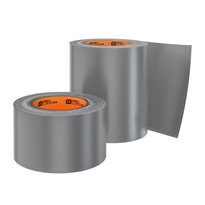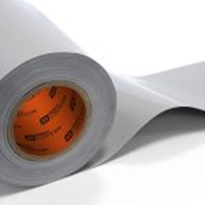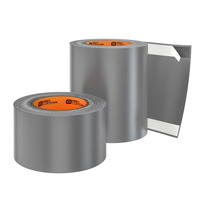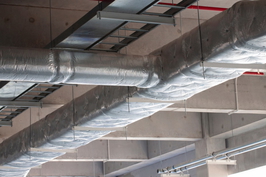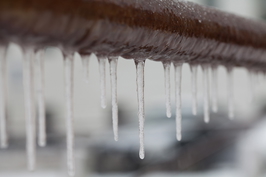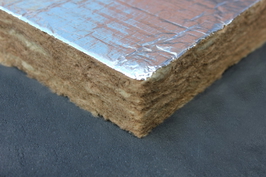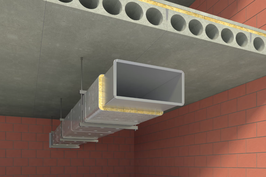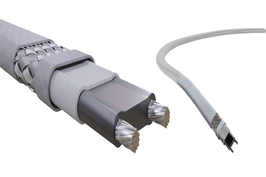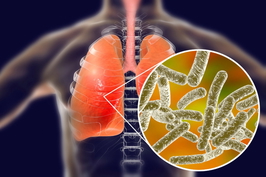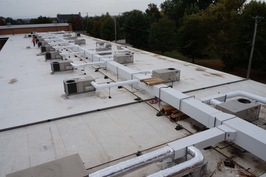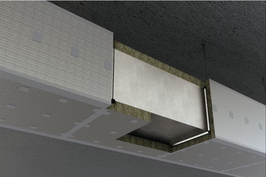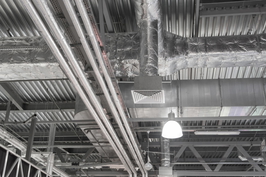Duct Cladding
Duct cladding involves applying protective and insulating materials, such as aluminium, galvanized steel, stainless steel, PVC, or fibrous panels, to ductwork systems to enhance durability, energy efficiency, and safety. The choice of materials depends on environmental factors such as moisture, temperature variations, and fire safety requirements. When selecting suitable cladding, considerations include material performance, ease of installation, and maintenance needs.
Proper installation is essential to ensure maximum sealing and protection of the ductwork. This not only reduces operational costs but also helps meet UK regulatory standards. The correct application of cladding materials can significantly extend the lifespan of duct systems and optimize their performance in demanding conditions.
Focusing on the UK's climate and building regulations, the utilization of appropriate materials and installation methods plays a vital role in maintaining efficient and safe duct infrastructure. By prioritizing high-quality, suitable cladding options, building operators can achieve long-term benefits in safety, energy conservation, and system reliability.
Types of Materials Used in Duct Cladding
Duct cladding materials are chosen based on their ability to provide insulation, protection, and durability across various environmental conditions. Common materials include fiberglass insulation, which minimizes heat loss and helps maintain air temperature. Polyethylene foam is also widely used for its excellent thermal resistance and moisture protection. Mineral wool is highly valued for its fire-resistant properties and effective insulation capabilities. Reflective insulation, which reflects radiant heat rather than absorbing it, is another common choice. Galvanized steel is frequently selected for its robustness and ability to withstand external impacts in industrial settings. Fiberboard, often made from fiberglass strands, helps maintain temperature control but is less durable in humid environments. Metal options such as galvanized steel, aluminium foil, stainless steel, copper, and carbon steel are popular because they offer corrosion resistance, act as vapour barriers, or provide protection against high temperatures. Non-metallic alternatives like fiberglass-reinforced plastic, PVC, and EPDM rubber are utilized where chemical resistance, flexibility, or superior insulation is required. Specialty materials such as aerogel blankets are employed in situations demanding advanced insulation performance due to their minimal thermal conductivity. Selecting the appropriate duct cladding material depends on the specific environmental conditions, fire safety considerations, and insulation requirements, ensuring optimal performance and longevity of the ductwork in UK buildings.
Advantages and Benefits of Installing Duct Cladding
Installing duct cladding provides numerous advantages that enhance the energy efficiency, safety, and indoor air quality of buildings in the UK.
By sealing and insulating ductwork, it helps to prevent heat loss or gain, thereby reducing energy waste and lowering utility bills. This not only benefits the environment through a smaller carbon footprint but also improves the overall performance of HVAC systems.
The process of fitting duct cladding can accelerate the payback period, as the savings on energy costs quickly outweigh the initial installation expenses.
In addition, duct cladding plays a vital role in improving indoor air quality. It seals the ductwork against the infiltration of dust, allergens, and pollutants, which is essential for creating healthier indoor environments.
By preventing the entry of these contaminants, it reduces the risk of mold growth and promotes cleaner air circulation throughout the building. Reducing air leaks also helps maintain the efficiency of appliances like humidifiers and air purifiers.
Furthermore, duct cladding helps maintain consistent indoor temperatures by minimizing air leaks. This reduces the occurrence of hot and cold spots, thereby increasing occupant comfort.
For buildings equipped with fire-rated cladding materials, there's an added safety benefit. These materials help to limit fire spread and suppress smoke movement, supporting compliance with UK safety standards and enhancing overall building safety.
Key Factors to Consider When Choosing Cladding Options
Selecting appropriate cladding options requires careful consideration of multiple interconnected factors to ensure optimal performance and compliance with safety standards. Material choice is essential, with thermal conductivity (measured through K-Values) influencing heat transfer, while fire-resistant properties are crucial for safety.
Environmental compatibility addresses exposure to moisture, contaminants, and temperature fluctuations, ensuring long-term durability. The weight and density of materials impact installation ease, structural requirements, and overall stability. Proper material selection can significantly extend the lifespan of the cladding system. Maintenance needs should focus on corrosion resistance and ease of cleaning, particularly in environments prone to dirt and pollutants. The application environment significantly influences suitability; outdoor installations demand weather-resistant and UV-stable materials, while facilities exposed to high humidity or chemicals require resistant options to prevent deterioration.
Installation ease depends on compatibility with duct dimensions, sealing capabilities, and accessibility for routine maintenance. Longevity considerations involve factors such as durability, resistance to corrosion, and the ease of repair, which collectively extend the lifespan of the cladding system.
Cost and sustainability are vital components of decision-making. Initial expenses must be balanced with long-term benefits, including recyclability, energy efficiency, and the level of manufacturer support. Evaluating these elements carefully ensures an informed and effective choice of cladding materials suitable for UK conditions.
Emerging Trends and Future Developments in Duct Cladding
Emerging trends and future developments in duct cladding are largely shaped by technological innovation and a growing emphasis on sustainability. These factors are transforming traditional systems to better meet modern requirements for efficiency, versatility, and environmental responsibility.
One significant advancement is the integration of smart technologies. Sensors embedded within duct cladding systems now monitor parameters such as temperature, humidity, and air quality continuously. Such real-time data collection allows for targeted adjustments and enhanced system performance. The utilization of data analytics further optimizes energy consumption and reduces operational costs, providing building managers with valuable insights for making informed decisions.
Predictive maintenance is becoming increasingly prevalent, preventing system failures before they occur and thereby improving overall reliability. Additionally, remote control capabilities—accessible via mobile devices—offer greater convenience for operators managing complex ducting networks.
Material innovation also plays a pivotal role in future developments. The use of eco-friendly, recyclable materials is gaining traction, supporting organizations’ sustainability strategies. Improvements in thermal insulation materials and the incorporation of heat-recovery components help minimize energy consumption, aligning with environmentally responsible practices.
The adoption of innovative insulation materials and high-performance coatings is helping to further improve the thermal efficiency of duct systems, reducing energy waste. Noise reduction remains a priority, achieved through sound-absorbing materials, vibration isolation, and adaptive control systems that minimize operational disturbances and improve occupant comfort. Furthermore, modular and easy-to-install duct cladding designs facilitate straightforward upgrades and alterations, simplifying retrofit works and enhancing aesthetic integration within building interiors.
Market growth driven by urban development and evolving HVAC trends encourages manufacturers to produce more innovative, adaptable, and visually appealing solutions. These developments are poised to expand the application of duct cladding systems, meeting the increasing demand for sustainable, efficient, and flexible ventilation infrastructure across the UK.
Conclusion
Choosing the appropriate duct cladding involves carefully assessing material options, understanding their benefits, and considering key factors such as durability, cost, and environmental impact. Staying informed about emerging trends in duct cladding ensures installations meet modern standards and future requirements. By thoroughly evaluating these aspects, users can make well-informed decisions that optimize duct performance, enhance safety, and extend the lifespan of systems.
Accurate selection and proper installation of duct cladding are essential for efficient, long-term operation and straightforward maintenance. Prioritizing durable materials that withstand environmental conditions and minimize energy loss helps maintain system integrity while reducing life-cycle costs. Awareness of modern materials and innovative solutions enables UK industries and refurbishments to stay compliant with strict standards and ecological considerations.
In summary, a comprehensive approach to choosing duct cladding—encompassing material characteristics, environmental impact, costs, and future trends—is vital for sustaining the efficiency, safety, and longevity of ductwork systems across the UK.
